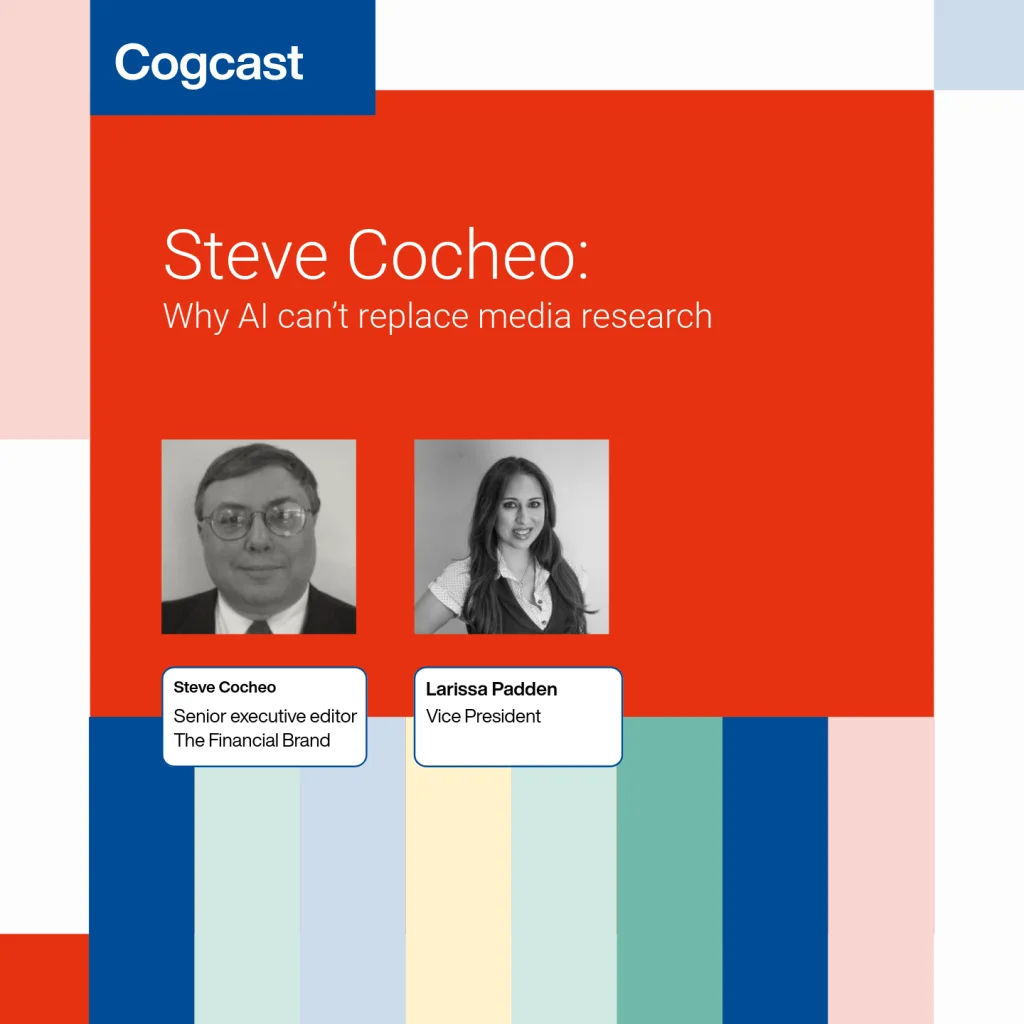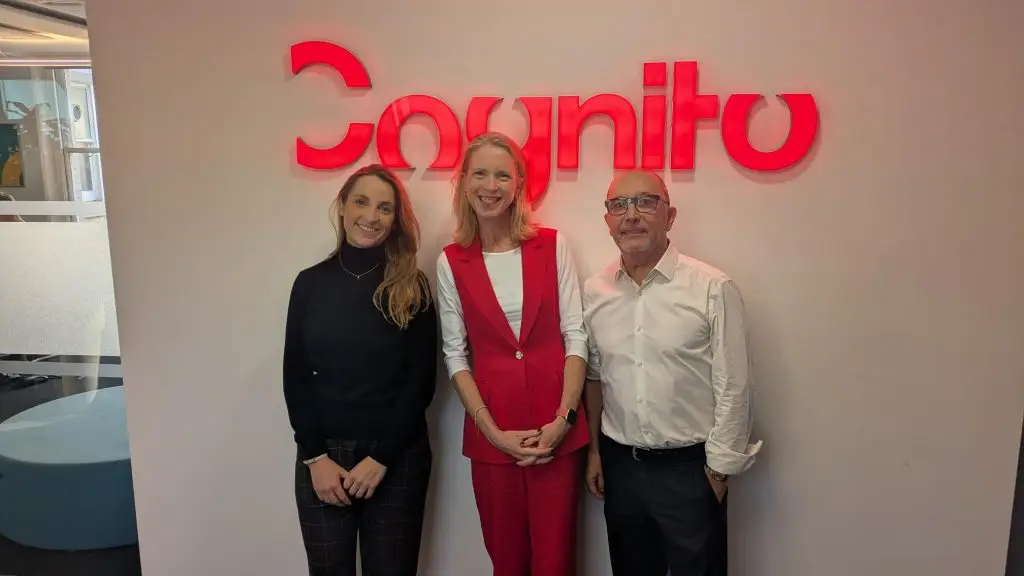At Cognito, a key part of our work is building relationships with journalists at both trade and national level. Typically this means knowing how they work – how they like to schedule interviews, when they should receive pitches and where they to like to go once copy is filed.
From our point of view, it is important that we understand the steps a journalist takes so we can look to better align our PR approach with the needs of each journalist.
But there’s only so much we can learn from the inside. That’s why we from time to time invite journalists to tell us themselves about their process.
Here we hear from Eliot Raman Jones, Reporter at Waters Technology. Read on for thoughts about reporting, writing and what true objectivity means in today.
Eliot joined Waters three years ago. In that time he’s been front and centre for the rise of AI and important conversations around regulation and data management.
How do you choose which stories to cover?
This is probably the trickiest question to ask, since we don’t have specific beats at WatersTechnology. My editors at journalism school called it “news sense”, and having a lot of news sense is knowing what people want to read. As a journalist working at the intersection of tech and finance, typically what people have responded to is how big names use technology like artificial intelligence. I’ve written a few stories on large asset managers like Fidelity, Vanguard and funds like Man Group which fit that bill. It was tough when I started, but eventually you work out what areas of coverage your audience responds to.
How do you approach interviewing people for a story?
It varies depending on the story of course, but typically you want as much information as possible before you write up the stories for anything, short form or long form. I write a lot of features, so I tend to do a lot of interviews by working out who the main voices are in the story, and then secondary sources, like consultants or market commentators. When the Chevron deference in the US was removed last year, I spoke to a lot of lawyers, who I found by reaching out to the top law firms in the country and then setting up interviews with the ones who responded. It’s a numbers game a lot of the time, but you’ll sometimes be surprised when you do get some replies and the interviews are actually really good. Subject matter experts are also really helpful to find on LinkedIn too.
What’s your process for writing a compelling lead (opening paragraph)?
The lead (or lede, depending on your preference) is about as hard to write in my experience as the kicker (last paragraph), so I tend to write out the story first with a strictly fact-based intro and outro, then come back to decide if I can make it more compelling. Leads don’t always have to be compelling, sometimes the subject matter is interesting enough to warrant reading it anyway, but I do prefer it when they are. Some people are very good at anecdotal ledes, but these can be a bit jarring if the topic doesn’t fit the vibe of the story. Often the idea for a fun lede comes to me very late in the writing process and I work out if it’s good or if it’s going to get cut or reworked by my editor.
How do you balance objectivity with storytelling?
You have to be able to readily admit that of the two, only storytelling can take a back seat in an article. If the writing is strong but partisan, and is too opinion-y, then you can always reread it and wonder if you’ve done due diligence enough or if you need to rebalance things. This is why having an editor is great. Before articles come out we always make sure we’ve got a comment or a statement from all parties mentioned in the story, as nobody involved in a story should be surprised when it comes out. If you’re writing an opinion piece, you can be opinionated, but there’s no reason for that approach in straight news.
What’s the most challenging part of finalising an article?
For me it’s quote checks. Occasionally you’ll have an unfamiliar PR or a company that wants to flex its muscles and insist on an eleventh-hour quote check. Our editorial policy is that quote checks are allowed for factual accuracy purposes, rather than editorial or sentence changes, but occasionally sometimes despite that, you’ll get the quotes back and they’ve been entirely changed around. It’s uncomfortable for both journalists and PRs, as it’s rarely the PR’s fault, and more their clients being twitchy around journalists, but power tripping over things like this don’t make journalists like working with these companies in the long term.
What advice would you give to someone who wants to improve their journalistic writing?
It’s a cliché, but you have to read a lot to write well. Read a lot of work by journalists in an area you’re interested in and see what the writers are doing to make the story gripping. I read a lot of news from Bloomberg, Reuters and the Washington Post, and features in The Atlantic and The New Yorker. Writing is a skill, and you improve by studying good techniques alongside regular practice.
Greg Noble is a senior account executive at Cognito






